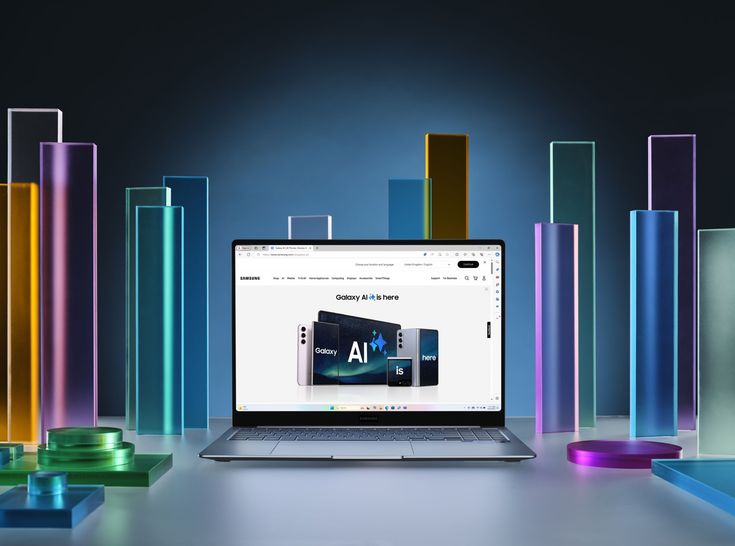Introduction: Why 2025 Was a Game-Changing Year for Marketing
The year 2025 has proven to be a turning point in the marketing world. With rapid advances in AI, voice search, creator marketing, and data privacy regulations, brands have had to adapt quickly. Amid these shifts, one campaign rose above all others — delivering exceptional engagement, unparalleled ROI, and global virality.
In this blog post, we present the most successful marketing campaign of 2025, analyzing what made it work, how it was executed, and the key takeaways for marketers looking to replicate its success.
Overview: The Campaign That Dominated 2025

Brand Name: EcoGlow
Campaign Name: #GlowGreen Challenge
Platform Focus: TikTok, Instagram Reels, YouTube Shorts
Campaign Duration: January 15 – March 15, 2025
Target Audience: Gen Z and Millennials (aged 16–35)
Goal: Raise awareness for sustainable beauty while driving product sales of the new EcoGlow “GreenDrop” serum.
Campaign Highlights
| Metric | Result |
|---|---|
| Total Impressions | 1.2 Billion+ |
| Organic Reach | 740 Million |
| Sales Growth | 375% increase (Q1 2025) |
| ROAS (Return on Ad Spend) | 12:1 |
| Influencers Involved | 500+ micro and macro creators |
| Countries Reached | 40+ |
| TikTok Hashtag Views | 820 Million (#GlowGreen) |
Campaign Objectives
EcoGlow’s marketing team set out with three clear objectives:
- Create a viral moment tied to a meaningful cause (sustainability).
- Engage young, eco-conscious consumers with user-generated content.
- Convert engagement into measurable sales of the new product line.
Strategy Breakdown
🎯 1. Strong Emotional Hook
EcoGlow didn’t just market a product — they marketed a mission:
“What if glowing skin could help save the planet?”
This message resonated with Gen Z, who prioritize both self-care and climate action.
🤳 2. UGC-Driven Viral Challenge
The #GlowGreen challenge encouraged users to:
- Post a 15-second skincare routine using EcoGlow products.
- Share 1 eco-friendly habit they practice daily.
- Tag 3 friends to participate.
TikTok creators began jumping on the trend — some even adding their own twist like skincare transformations, nature scenes, or humor.
👩🎤 3. Micro-Influencer Activation
EcoGlow partnered with over 500 influencers, mostly micro-creators (5K–100K followers). Why?
- Higher engagement rates
- Lower cost-per-post
- Greater authenticity
The brand provided creators with custom kits, affiliate links, and performance bonuses — turning them into motivated brand ambassadors.
🧠 4. AI-Powered Personalization
Using AI tools, EcoGlow customized its retargeting ads based on:
- Skin type (oily, dry, sensitive)
- Age group
- Engagement level with the challenge
These smart retargeting efforts helped increase conversions by 70% compared to their 2024 benchmarks.
📱 5. Omnichannel Retargeting Strategy
After TikTok engagement, users were retargeted through:
- YouTube Shorts ads
- Instagram Reels
- Google Display Network (GDN)
- Email drip campaigns
This omnichannel strategy helped nurture cold leads into loyal customers.
Key Results & Achievements
💥 1. Record-Breaking Engagement
The #GlowGreen hashtag crossed 820 million views on TikTok alone within 6 weeks. Over 300,000 user-generated videos were posted — some getting over 5 million views organically.
🛍️ 2. Product Sell-Out in 12 Countries
EcoGlow’s new serum sold out in:
- USA
- UK
- Germany
- South Korea
- UAE
…and 7 other countries.
This led to a backorder waitlist of 45,000+ customers.
🌱 3. Eco Impact Awareness
Through content collaborations with sustainability influencers, the brand also educated users on:
- How product packaging was biodegradable
- How each sale supported reforestation efforts
- How users could calculate their carbon footprint
What Made the Campaign So Successful?
✅ Authenticity
Gen Z can sniff out fake marketing. EcoGlow built trust through real people, real stories, and real values.
✅ Platform-Native Content
Rather than repurposing generic video ads, EcoGlow leaned into trends, sounds, and styles native to TikTok and Instagram.
✅ Purpose-Driven Branding
Products with a cause perform better in 2025. The brand’s environmental mission created an emotional connection.
✅ Real-Time Optimization
Using AI tools like Meta Advantage+ and TikTok Creative Center, the team tested creatives in real time — boosting only the top performers.
Lessons for Marketers in 2025
1. Leverage Short-Form Video Creatively
Don’t just “repurpose” content — design for the platform. Know what works on TikTok vs YouTube Shorts vs Reels.
2. Build a Community, Not Just a Campaign
Encourage participation, feedback, and co-creation. User-generated content builds brand loyalty and trust.
3. Influence with Micro-Influencers
2025 continues to favor creators with smaller, more engaged followings. Focus on authenticity over reach.
4. Use AI and Data to Refine Campaigns
AI can help you segment, personalize, and improve ROI. Use it for ad placement, copy testing, and customer journeys.
5. Align Marketing with Purpose
In 2025, cause-driven campaigns outperform traditional ones. Consumers want brands to stand for something meaningful.
Conclusion: A Blueprint for Future Campaigns
EcoGlow’s #GlowGreen campaign wasn’t just a viral trend — it was a masterclass in modern marketing. It combined:
- Powerful storytelling
- Viral content mechanics
- Purpose-driven branding
- Strategic influencer collaborations
- AI-powered optimization
For marketers looking to build iconic campaigns in 2025 and beyond, EcoGlow’s approach offers a proven, adaptable blueprint.
Frequently Asked Questions (FAQs)
Q1: Why was the #GlowGreen campaign so effective?
It combined emotional storytelling with platform-native content, community involvement, and strong eco-brand values — making it highly shareable and impactful.
Q2: Can small businesses replicate this strategy?
Absolutely. Start small with local influencers, leverage short-form video content, and build around a real cause or mission.
Q3: What tools did the brand use to succeed?
EcoGlow used AI tools for personalization (like Segment and TikTok Ads Manager), influencer platforms for tracking (like Upfluence), and social listening tools (like Brandwatch).
Meta Description (SEO)
Discover the most successful marketing campaign of 2025. Learn how EcoGlow’s viral #GlowGreen Challenge achieved 1.2B+ views, 375% sales growth, and set a new standard in digital marketing.




